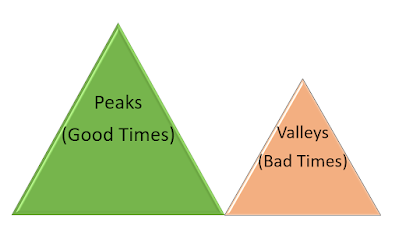Stop Worrying And Start Living Happily
How to Stop Worrying and Start Living is a practical, common-sense bible filled with stories, case studies, and simple step-by-step guides to conquering worry, anxiety, and depression. Keep Takeaways - Focus on today “Our main business is not to see what lies dimly at a distance, but to do what lies clearly at hand.” – Thomas Carlyle Thinking about what needs to be done in the future can lead to overwhelm and inaction. But if you focus on what you need to accomplish today, it’s much more doable. It will help you create the future you want, one day at a time. A formula to follow - “Frameworks for dealing with worry can be helpful, especially since worry destroys our ability to concentrate. Without being able to concentrate, not only do we feel worse, but we’re less effective.” If you have a situation where you’re worried about failing, follow these three steps. Step 1: Analyze a situation causing you to worry to determine the worst possible scenario if you fail. Step 2: Accept...

